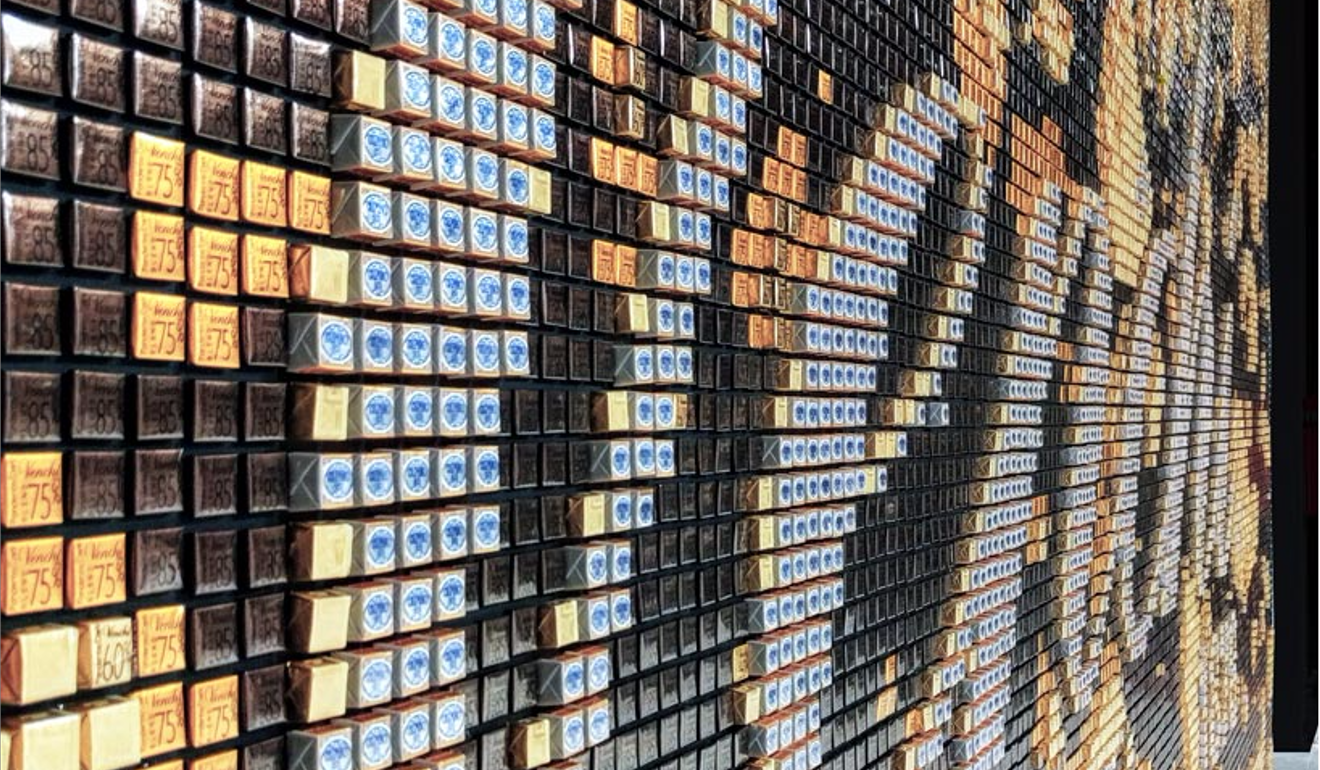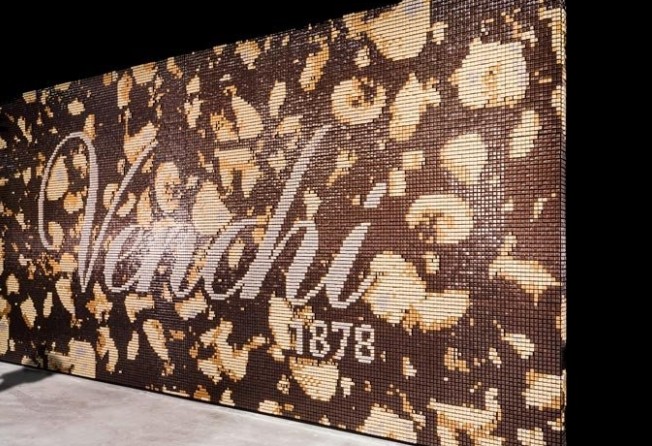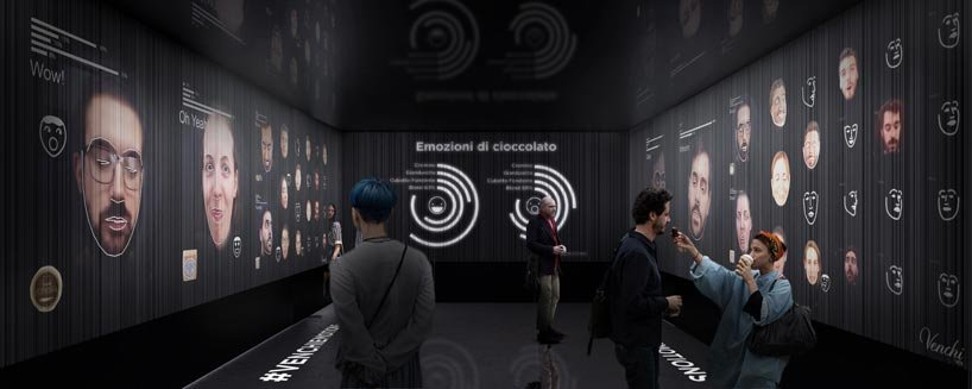
This Italian theme park built a chocolate building you can eat
Pavilion commissioned by high-end chocolatier Venchi, at Bologna’s Fico Eataly World – dedicated to Italian cuisine – made of 30,000 chocolates

In true Willy Wonka fashion, designers from the Italian firm of architects, Carlo Ratti Associati (CRA), constructed a building with edible walls.
The pavilion, commissioned by high-end chocolatier Venchi, is made of 30,000 chocolates.

Last Wednesday the building debuted at Fico Eataly World, a new theme park dedicated to Italian cuisine, in Bologna, Italy.
Visitors are free to pick the chocolates off the exterior walls, which measure three metres long and six metres tall.
Inside, there are screens that use facial recognition to measure visitors’ emotions while eating the chocolate.
The system, developed by interaction design studio DotDotDot, analyses each person’s movement of their lips, eyebrows, eyes, nostrils, and forehead. Their face is then projected on the interior walls.

However, in addition to that, it includes eight hectares of farmland where visitors can learn how farmers process cheese, meat, and pasta.
The US$160 million development broke ground in 2014, and could attract 10 million visitors per year, according to Eataly. Admission is free.
Ratti wanted to create a chocolate wall for the park because he saw it as an installation that would create minimal waste.
“I never liked the fact that exhibitions require the use of large amounts of construction materials that then end up in landfills after just a few months,” he said in a statement.
“In this project we thought: ‘What if the pavilion could be dismantled by simply eating it?’”
Read the original article on Business Insider